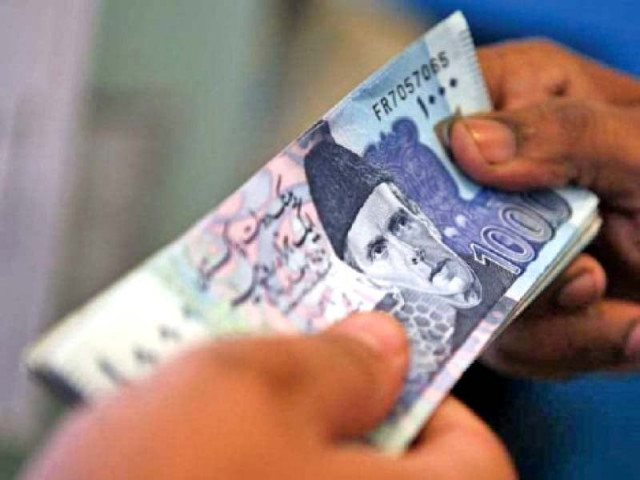Current account surplus drops 42 times to $18m
Significant improvement from the CAD of $640 million recorded in April last year

Pakistan’s current account has recorded a modest surplus of $18 million in April, a figure significantly lower than market expectations. The surplus was achieved after the central bank made some pending import payments during the month.
However, the drop in the export of goods and services, a decrease in remittances, and an increase in the import of services prevented the country from achieving a healthy current account surplus similar to the previous month of March, which stood at $750 million.
Despite the challenges, Pakistan has managed to post a current account surplus for the second consecutive month, albeit at the expense of economic activities.
The State Bank of Pakistan (SBP) reported that the current account surplus dropped 42 times to $18 million in April compared to $750 million in the previous month of March 2023. However, this figure was a significant improvement from the current account deficit of $640 million recorded in April of the previous year.
In the first 10 months (Jul-Apr) of the current fiscal year 2023, the cumulative balance of the current account remained in a deficit of $3.25 billion. This shows a substantial decline of 76%, or $10.40 billion, compared to the same period last year, which had a deficit of $13.65 billion.
Speaking to the Express Tribune Arif Habib Limited, Head of Research, Tahir Abbas noted that the financial markets were expecting a current account surplus of over $500 million in April, considering the trade deficit reported by the Pakistan Bureau of Statistics (PBS) at $838 million for the month. However, SBP reported a trade deficit of $1.59 billion, almost double the PBS figure, indicating that the central bank had made some pending import payments in April, he said.
Abbas further explained that the export of goods dropped to $2.11 billion in April compared to $2.44 billion in March, while the export of services decreased to $486 million from $610 million in the previous month. Workers’ remittances also declined to $2.21 billion in April compared to $2.54 billion in March. On the other hand, the import of services increased to $667 million from $610 million, while the import of goods decreased to $3.70 billion from nearly $4 billion in March, according to central bank data.
The government’s measures to control imports and manage critically low foreign exchange reserves at $4.4 billion, along with the high risk of default on foreign debt repayment, have contributed to the decline in imports. However, this has come at the cost of partial economic shutdown and the loss of around 5 million jobs.
Pakistan continues to engage with the International Monetary Fund (IMF) to resume its $6.7 billion loan programme. Reviving the programme would enable the country to attract foreign inflows from global financial institutions and friendly nations, improving foreign exchange reserves and gradually reopening imports, thus supporting economic activities.
Abbas predicts that Pakistan will manage to maintain a breakeven or nominal surplus in the remaining two months (May-Jun) of FY23 due to the lack of financing to ramp up imports. Accordingly, the projected current account surplus for the full fiscal year is estimated to be in the range of $3-3.5 billion. In the previous fiscal year 2022, Pakistan recorded a current account deficit of $17.40 billion.
The fate of the Pakistani economy is expected to remain precarious until a new IMF programme is established. Notably, the current programme is scheduled to end on June 30, 2023.
Published in The Express Tribune, May 17th, 2023.
Like Business on Facebook, follow @TribuneBiz on Twitter to stay informed and join in the conversation.


















COMMENTS
Comments are moderated and generally will be posted if they are on-topic and not abusive.
For more information, please see our Comments FAQ